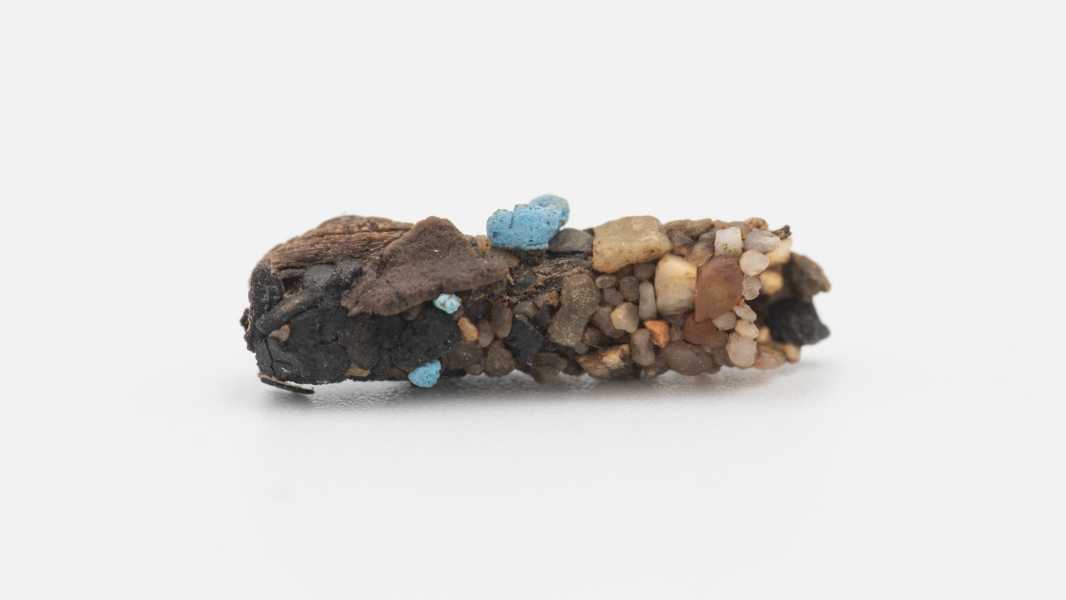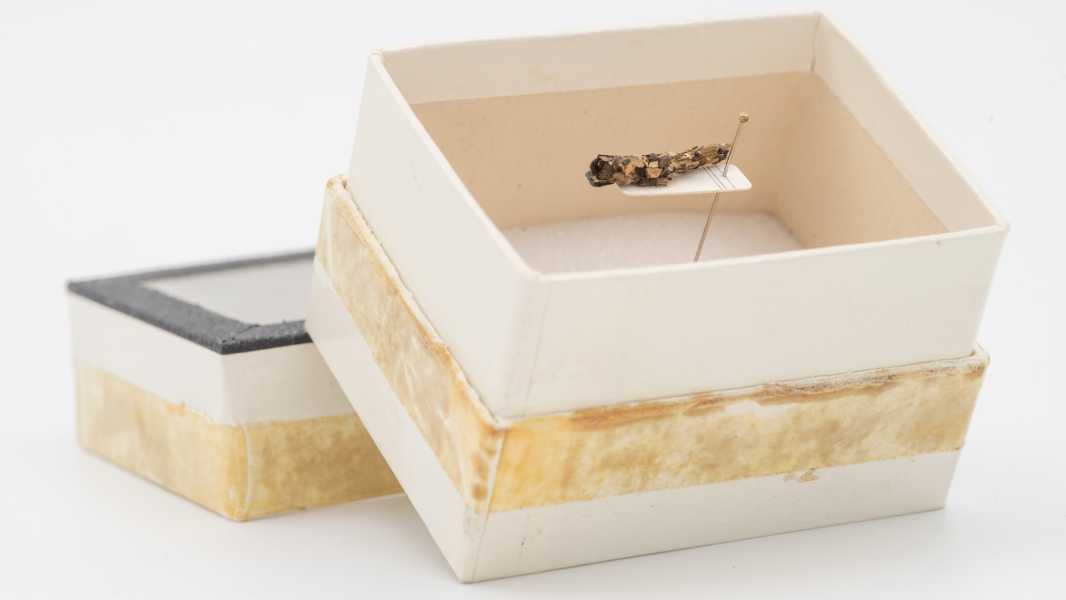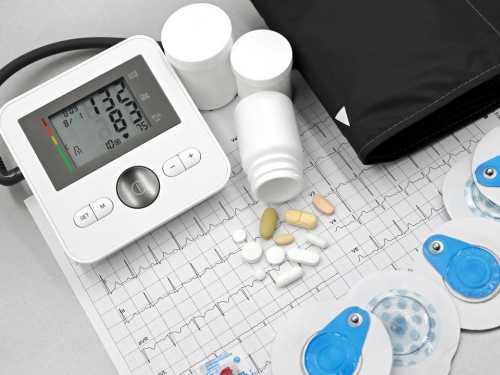
Caddisfly larvae have created protective structures around themselves using materials available in their environment. This shell, dating from 1986, contains blue microplastics. (Photo credit: Auke-Florian Hiemstra)
Microplastic pollution from industrial emissions has plagued freshwater ecosystems for decades, with evidence suggesting that the process began in the 1950s to 1970s. However, new data suggests that the scale of this pollution may be even more widespread than previously thought.
In a study published April 25 in the journal Science of the Total Environment, the scientists examined caddisfly larvae, tiny insects that build protective shells using plant material, sand, and small rocks from their surroundings. The structures, collected in the 1970s and 1980s, came from clean, spring-fed streams in the Netherlands that were then considered pristine.
However, the study found that the larvae began incorporating plastic particles into their shells as early as 1971 – in other words, microplastics had infiltrated even these seemingly pristine ecosystems.
“The inclusion of plastic in the caddisfly's shell implies that plastic is entering the food chain,” said lead study author Auke-Florian Hiemstra, a PhD student in evolutionary ecology at the Naturalis Biodiversity Center.
“Many birds and fish eat caddisfly larvae, some of which may ingest them along with the shell,” Hiemstra told Live Science in an email. “If caddisflies are suffering from microplastics for more than half a century, that means the broader ecosystem context is suffering, too.”
The shell samples in the study are part of the natural history collections at the Naturalis Biodiversity Center in the Netherlands. The scientists used a technique called energy-dispersive X-ray analysis to identify chemical elements and additives commonly associated with plastic inside the shells.
This provided a rare glimpse into the impacts of microplastics in freshwater systems, which make up less than 4% of current microplastic research, Hiemstra noted. Overall, the presence of microplastics in the 2000s is well documented, but the historical timeline of microplastic pollution remains uncertain. This lack of historical data makes it difficult to assess how long ecosystems and human communities have been exposed to microplastics, thus complicating risk assessments and epidemiological studies.
So how might this research change our understanding of the history of microplastic exposure and its potential impact on human health?
Microplastics in nature and the body

Researchers have discovered a microbe
Sourse: www.livescience.com





